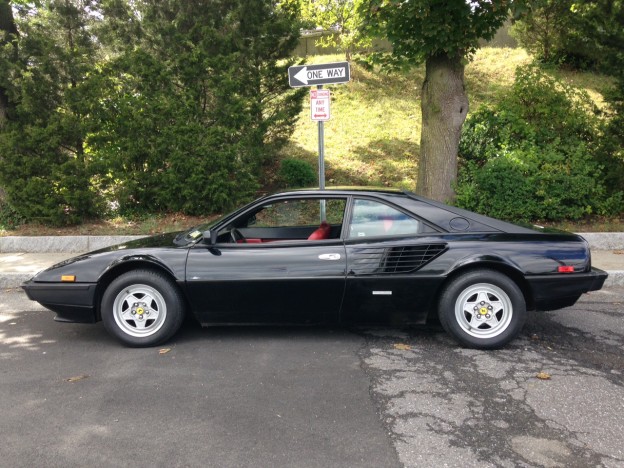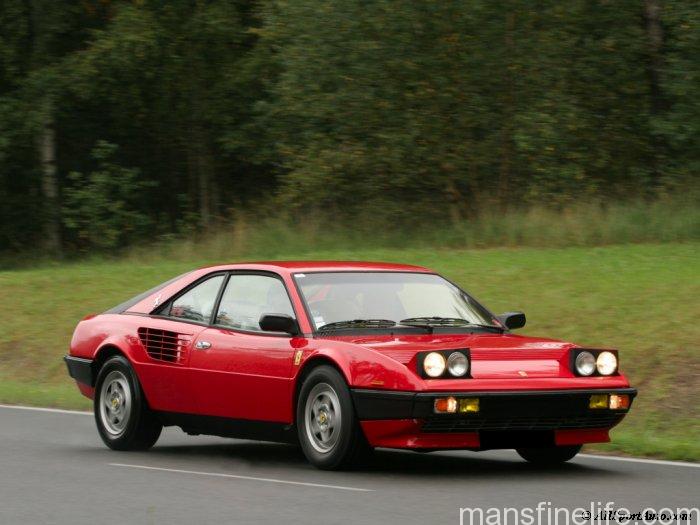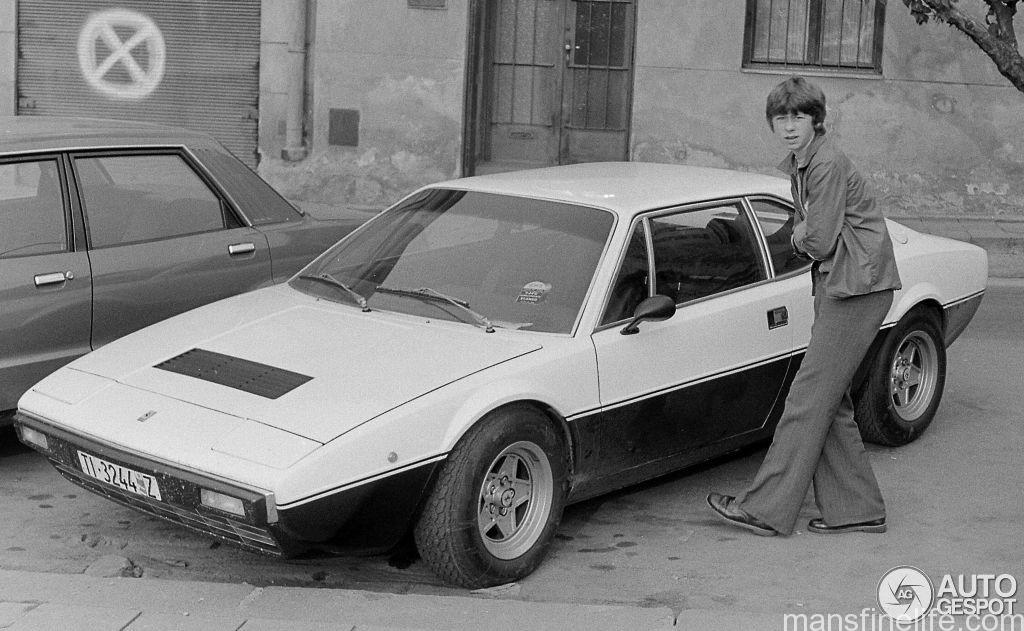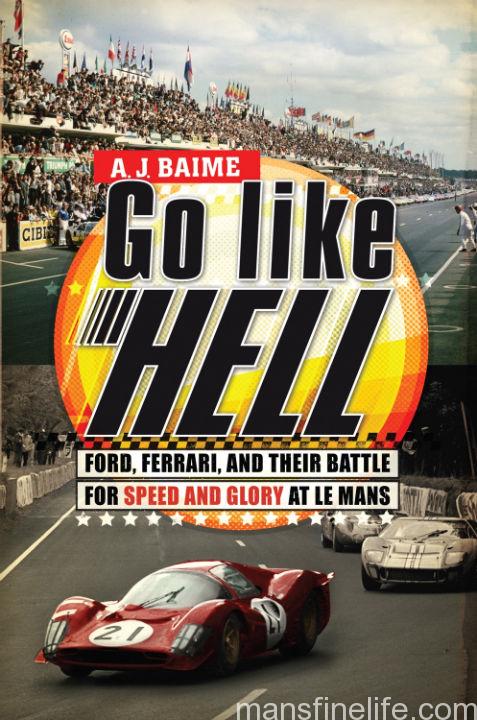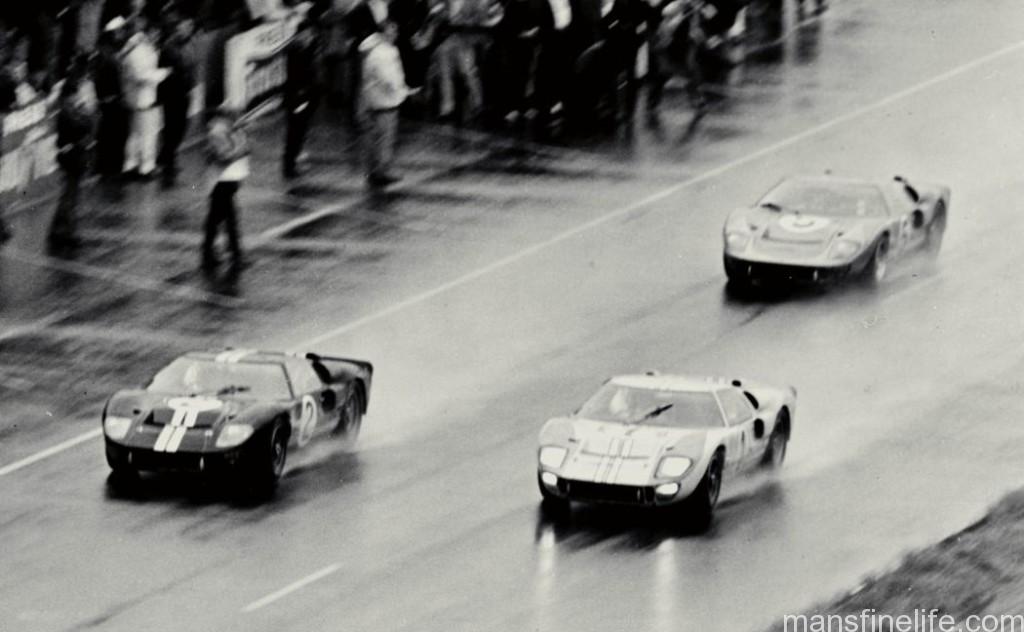It’s been a while since I’ve chimed in at MFL. Work obligations got the better of me, but now I’m back and I’d finally like to put forth the first installment on a series of underrated cars – magnificent machines that won’t (necessarily) break the bank, and hold their own with the best in terms of style, performance, or at least my opinion. The idea with this series is to put forward vehicles that are often overlooked for any variety of reasons, be it ubiquity, long held prejudice, or just generally passed over for one reason or another, but are actually some truly great cars. It’s called Cars You Need To Love. For the first installment I’ve chosen my personal favourite in the category of wrongly maligned and ignored autos. So without further ado, allow me to (re)present….
History
The Ferrari Mondial was introduced as a coupe in 1980, replacing the “Dino” 308GT/4 as the new 2+2 GT car in the line-up. The GT/4, a truly great car in it’s own right, was a bit of an odd bird for Ferrari. It was one of two Ferrari’s, along with the 206/246 GT series, that didn’t technically start out as Ferrari’s. They were built under the Dino marquee as more affordable, user friendly machines to broaden Ferrari’s consumer base throughout the late 60’s and 70’s. When the 246 series ceased production in 1974, the 4 seater 308 GT/4 was the sole “Dino” left on the market. But that didn’t last long. By 1976, the 308GT/4 had been re-branded as a Ferrari. Turns out that consumers all knew they were buying a Ferrari, and that was part of the issue. The cars were made by Ferrari and the engines said Ferrari, so it seems consumers felt the badges on the car should say Ferrari as well, and that anything less was a bit of a disappointment. Sales reflected that thinking, at least in the USA. I know Dino owners who’ve spent many hours over the years explaining to everyone from first dates to fellow car nuts that their Dino’s were in fact Ferrari’s (now an accepted fact). Additionally, the 308 GT/4 was a blip in Ferrari’s more or less strict allegiance to design house Pininfarina, with the job of the GT/4 having been given to competing house Bertone. Bertone delivered a wedge shaped car totally devoid of the rolling elegant curves that typified Pininfarina’s designs, and that also had Ferrari fans squawking at the time. When the time came for a successor to the 308 GT/4, the job went to Pininfarina.
So it was that the Mondial appeared in 1980. The reaction was, to say the least, mixed. Pininfarina delivered a car that had some of the curves restored, but not all. The car lacked the arched roof and fenders of other Ferrari’s of the time. It also integrated the “cheese grater” air intake scoops on the side of the car, which were very 80’s to say the least. Additionally, being a mid-engined 4 seater, the car was elongated on the rear end, or perhaps shorter on the front end, creating an odd sense of proportional aesthetics that divided opinion. But in truth, all Ferrari’s with 4 seats have an uphill battle to climb. It seems to be the general consensus that Ferrari’s are NOT meant to be family friendly cars, but rather lean and mean 2 seaters that look sexy and go fast. At the time, Ferrari was offering the 308 GTB or GTS and the Berlinetta Boxer, two cars that certainly felt like they fell into that camp, as well as the stately 400i, a powerful but decidedly plush gentleman’s V12 2+2 touring car. The Mondial sort of fell in between the two camps, and people weren’t sure how to respond to it. Do we treat it as a really sporty GT or a sports car with a backseat? To further muddy the waters, some of the magazines got “not quite ready for prime time” cars to test drive. This resulted in some unflattering reviews that have stuck with the Mondial to this day. That’s a fair amount of baggage, so let’s unpack it…

